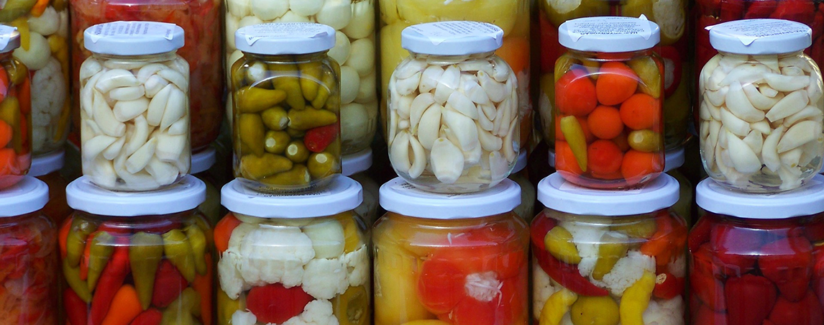
Food Trends for 2018
In the fast-paced digital world, food trends change, develop and diverge quickly. With a quick Snapchat from a friend, a new Instagram post from a popular celebrity or a viral tweet on the latest and greatest new dish, people abandon-ship or jump aboard food-trends. Let’s recap and look forward to some food trends for 2017-2018.
Transparency
This isn’t so much a “food trend” in terms of edibility, but it is a growing theme across the food industry. Consumers are becoming more interested and invested in making better decisions when it comes to their food sources. Especially when looking at the “story” behind a food source, which draws greater attention to things such as, Fair Trade certification, responsible production, organic, all-natural, and animal care standards and labeling.
With no set structure or way to build and increase transparency, organizations, like the Center for Food Integrity, specifically work in this space to help improve industry transparency and trust with consumers.
Synthetic Meat
The race is on the create the best synthetic meat-option out there! While no real product has been released yet, taste tests are happening. There is skepticism surrounding the idea, while supporters point to very promising benefits. Synthetic meat technology may eventually cost less than traditional meat and reduce environmental impact. A Best Food Facts poll shows most people are not ready to try it.
Fermented Foods
Everybody loves a good pickle, but there are so many other fermented food options. Better still, studies show that they’re good for your gut-health. Sauerkraut, kimchi, and many other pickled vegetables are gaining popularity and recipes for fermented food are proving well liked. Miso soup is made from fermented soybeans and kombucha drink is fermented tea made from SCOBY (symbiotic culture of bacteria and yeast). DYI recipes are popping up for people with home gardens wanting to preserve their bounty.
Plant-Based Anything
With increasing consumer awareness and growing emphasis on sustainable food sources, vegan and vegetarian options are quickly becoming popular. Restaurants have picked up on the change in preferences and are adapting their menus. Even plant-based drinks are becoming very popular creating a debate between bovine milk and plant-based milk. People will definitely start to see an increase in plant-alternative for meat options such as burgers, sushi-tuna substitutes and the like.
Middle Eastern Cuisine
More Middle Eastern dishes will make an appearance at restaurants. With the growing love of foods such as hummus, pita and falafel it makes sense to begin exploring more Middle Eastern options. It’s a new and exciting cultural take on food that uses common ingredients, such as pomegranate, eggplant, cucumber, parsley, mint, tomato jam and dried fruits, in a different way. Be on the lookout for spices like harissa, sa’atar and sumac on dishes with shakshuka, lamb and grilled halloumi.
Floral Flavors
It sounds a little weird, but floral foods and flavors are being streamlined. The use of flowers and petals brings a fresh smell and sweet taste in salads, drinks and desserts. Orchids, lavender, roses and elderflower are the most prevalent flowers being used and what makes them so popular is they’re very easy to grow on your own and use in your own dishes. Just check out this list of recipes for ideas! If you’re still not sure about this trend, here’s a list of vegetables that are technically considered flowers.
2018 promises to offer intriguing flavors and innovative ideas in the world of food.

























